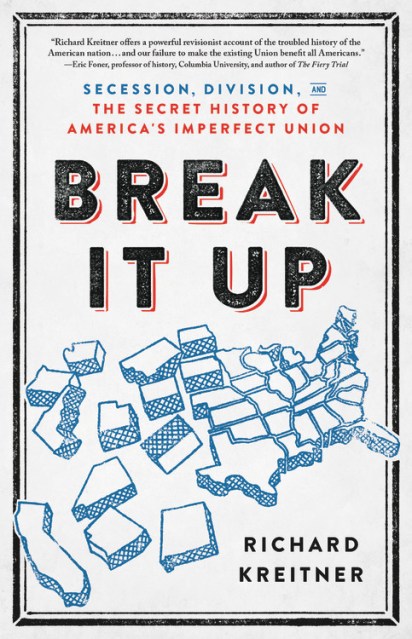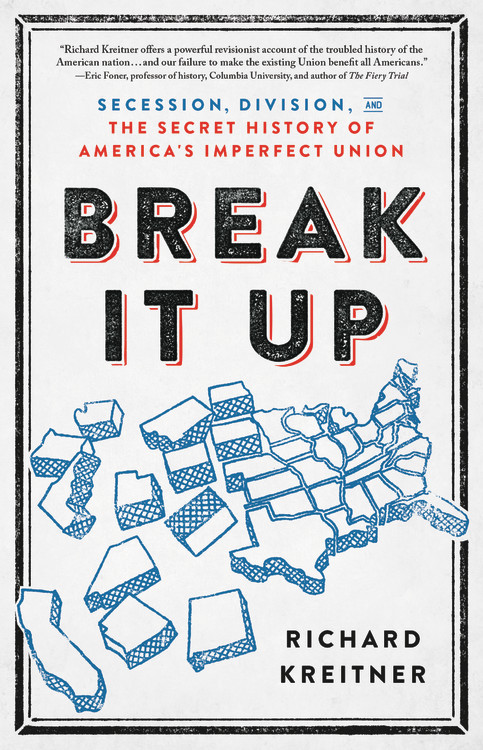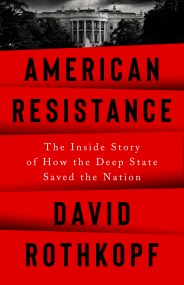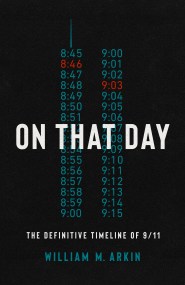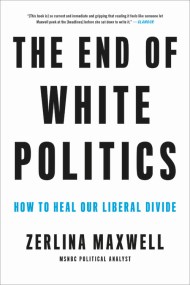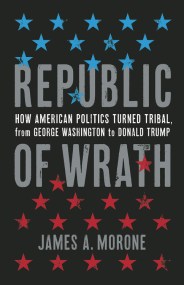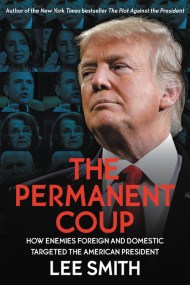Break It Up
Secession, Division, and the Secret History of America's Imperfect Union
Contributors
Formats and Prices
Price
$30.00Price
$38.00 CADFormat
Format:
- Hardcover $30.00 $38.00 CAD
- ebook $15.99 $20.99 CAD
- Audiobook Download (Unabridged)
- Trade Paperback $21.99 $28.99 CAD
This item is a preorder. Your payment method will be charged immediately, and the product is expected to ship on or around August 18, 2020. This date is subject to change due to shipping delays beyond our control.
Also available from:
The novel and fiery thesis of Break It Up is simple: The United States has never lived up to its name—and never will. The disunionist impulse may have found its greatest expression in the Civil War, but as Break It Up shows, the seduction of secession wasn’t limited to the South or the nineteenth century. It was there at our founding and has never gone away.
With a scholar’s command and a journalist’s curiosity, Richard Kreitner takes readers on a revolutionary journey through American history, revealing the power and persistence of disunion movements in every era and region. Each New England town after Plymouth was a secession from another; the thirteen colonies viewed their Union as a means to the end of securing independence, not an end in itself; George Washington feared separatism west of the Alleghenies; Aaron Burr schemed to set up a new empire; John Quincy Adams brought a Massachusetts town’s petition for dissolving the United States to the floor of Congress; and abolitionist William Lloyd Garrison denounced the Constitution as a pro-slavery pact with the devil.
From the “cold civil war” that pits partisans against one another to the modern secession movements in California and Texas, the divisions that threaten to tear America apart today have centuries-old roots in the earliest days of our Republic. Richly researched and persuasively argued, Break It Up will help readers make fresh sense of our fractured age.
- On Sale
- Aug 18, 2020
- Page Count
- 496 pages
- Publisher
- Little, Brown and Company
- ISBN-13
- 9780316510608
Newsletter Signup
By clicking ‘Sign Up,’ I acknowledge that I have read and agree to Hachette Book Group’s Privacy Policy and Terms of Use
